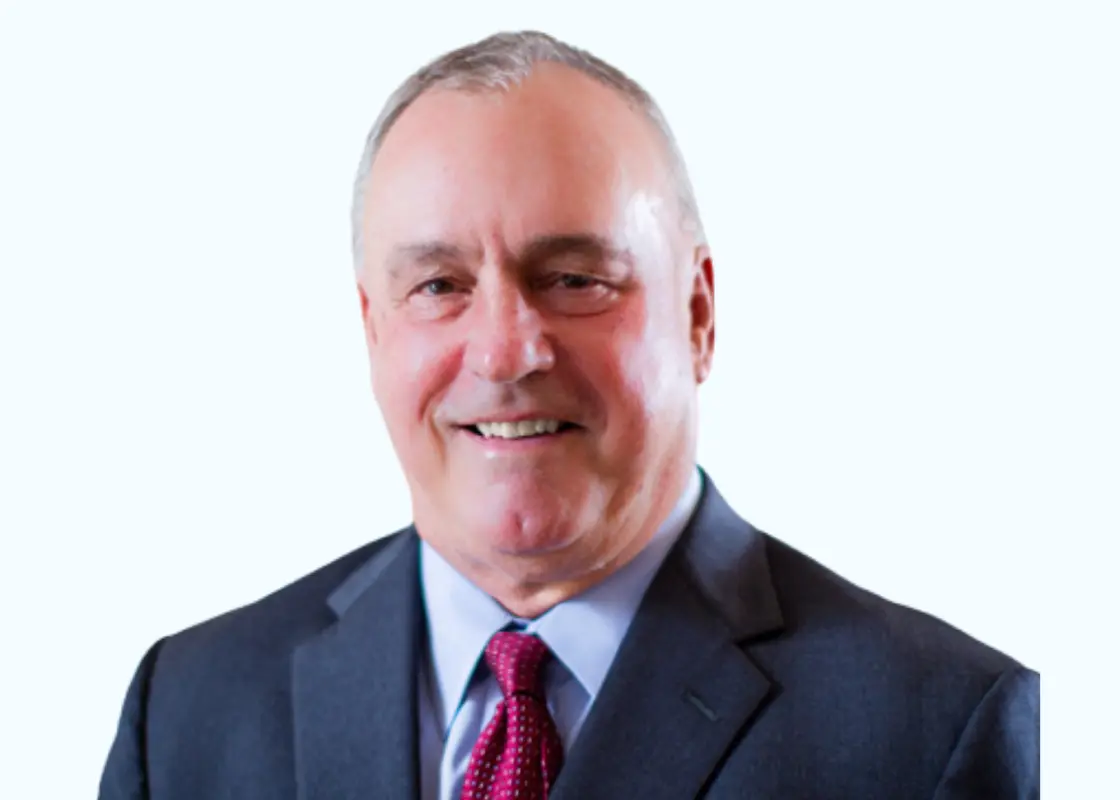Service, Profit or Both? It’s All About the Balance
Prioritizing Service Excellence, Profit, or Both?
Here’s how to balance that fine line between customer satisfaction and making money.
Most commentary on hotel service excellence expresses some or all of these themes: Exceeding customer expectations, anticipating guests’ needs, being responsive, creating the impression that someone cares, memorable moments, the difference is service, and so on. I couldn’t agree more, but it is very difficult to measure the impact of these themes in a vacuum. Yet at times it seems that it is all about the service and that other priorities will take care of themselves.
In the past, I discussed service expectations vary by hotel and customer as well as by other conflicting priorities. Let’s examine a few facts regarding hotel types and available resources:
- Select-Service: A rooms product with limited F&B and other amenities. These properties typically operate with .5 of a Full-Time Equivalent (FTE) per available room and a handful of managers/supervisors.
- Full-Service Commercial: Guestrooms, restaurants, lounges, function space and so on. These properties typically operate with .8 to 1.0 FTEs per available room and, depending on size, 20 to 30 managers/supervisors.
- Resort: Depending on the level of amenities – mainly F&B, Golf and Spa – these properties will typically operate with 1.2 to 1.4 FTEs per available room and 30 to 40 managers/supervisors.
- Luxury: Potentially all of the above plus a Guest Services Department with management staff. These properties will typically operate with 1.5 or more FTEs per available room and 40 to 50 managers/supervisors.
(Please don’t hold me to the numbers or exacting product descriptions, but for the purposes of this discussion they are in the ball park.)
The other reality is the level of experience and seniority of the personnel at these different types of properties. The higher you go up the food chain the more seasoned and capable the team is. The point is you simply can’t deliver similar styles and levels of service across all hotel types. Nor do you want to; you simply won’t have the same resources or experience levels.
Secondly, in this asset-light environment the operator is charged with balancing the priorities of the brand and the ownership, which in simple terms are:
- Brand: The brand company wants to maintain the integrity of the brand, maintain loyalty of the brand’s customers, maximize their fees and continue growth.
- Ownership: Ownership is more interested in cash flow from operations and return on investment. The question is: do they want sustained profitability or a short-term boost so they can flip the asset?
To be successful, the operator must understand his or her customer expectations, consistently meeting and slightly exceeding those expectations – never below and never too high. Operators must balance the conflicting goals of ownership and the brand by providing just the right level of service so guests continue to come back and provide good cash flow to ownership, which should therein encourage owner’s to reinvest in the property and the brand.
Picture the select-service hotel that decides to add room service to compete with the full-service hotel down the block. How about the full-service hotel that cuts back on the bell staff to improve short-term profitability? Or the luxury-tier operator who is so focused on being an ‘hotelier’ that they miss the profit motive.
In the early days of brand segmentation, this type of behavior was prevalent and it still exists today, though in more subtle forms. This is also why an up-and-coming manager in a full-service hotel may not transition well to a select-service hotel or vice versa – at times they have difficulty leaving the values they learned growing up behind.
The reality is the customer you brought over from the select-service to the full-service model by manipulating service offerings and reducing prices is not really your customer. Sooner rather than later you will need to go back to the status quo and you will quickly lose that customer who was there on false promises that weren’t true to the brand. You are far better off focusing on the consumer segment attracted to your hotel type, building a strong foundation of loyal customers as a result of consistently staying true to the brand promise and meeting expectations.
No matter what type of hotel we operate, we have to deliver the basics well and add to the service delivery relative to the customer expectation and brand promise. You really can’t expect the select-service staff to anticipate guest needs or create memorable moments – just the basics please. At the full-service commercial hotel, you have a few more facilities available, but in reality your prime customer – likely the business traveler – wants the basics and responsiveness to special requests. At a resort or luxury-tier hotel, customized service delivery to individual needs and making the customer feel special are the factors that will create value.
We all need to remember we are running a business. For the business to run successfully over the long-term and for you to stay employed, you need to meet customer expectations, keep the brand integrity in line and maintain strong cash flow to ownership. The operator’s job is the most difficult; it’s a balancing act and it can be a steep drop in either direction if you step the wrong way. Service excellence is an integral part of your success and it can be the differentiating factor. The point is that you can’t win with service alone; you have to get the other parts right as well.
About the author
Chuck is a Partner with Cayuga Hospitality Consultants, a network of independent consultants specializing in hospitality/lodging. He spent 32 years with Marriott International, beginning as an Assistant Restaurant Manager and worked his way up to Executive Vice President responsible for Marriott’s Caribbean/Latin America Region. Along the way he held positions as Director of Restaurants, Director of Marketing, Regional Director of Sales and Marketing, General Manager and Country Manager Australia. A graduate of the University of Hawaii, with a BS in Travel and Tourism Management. He is a prior member of the Baptist Health South International Advisory Board and previously served as Chairman of the Caribbean Hotel and Airline Forum for the Caribbean Hotel and Tourism Association. He served with distinction in the US Army in Vietnam having earned a Purple Heart and Bronze Star for valor in combat.
Contact Us




